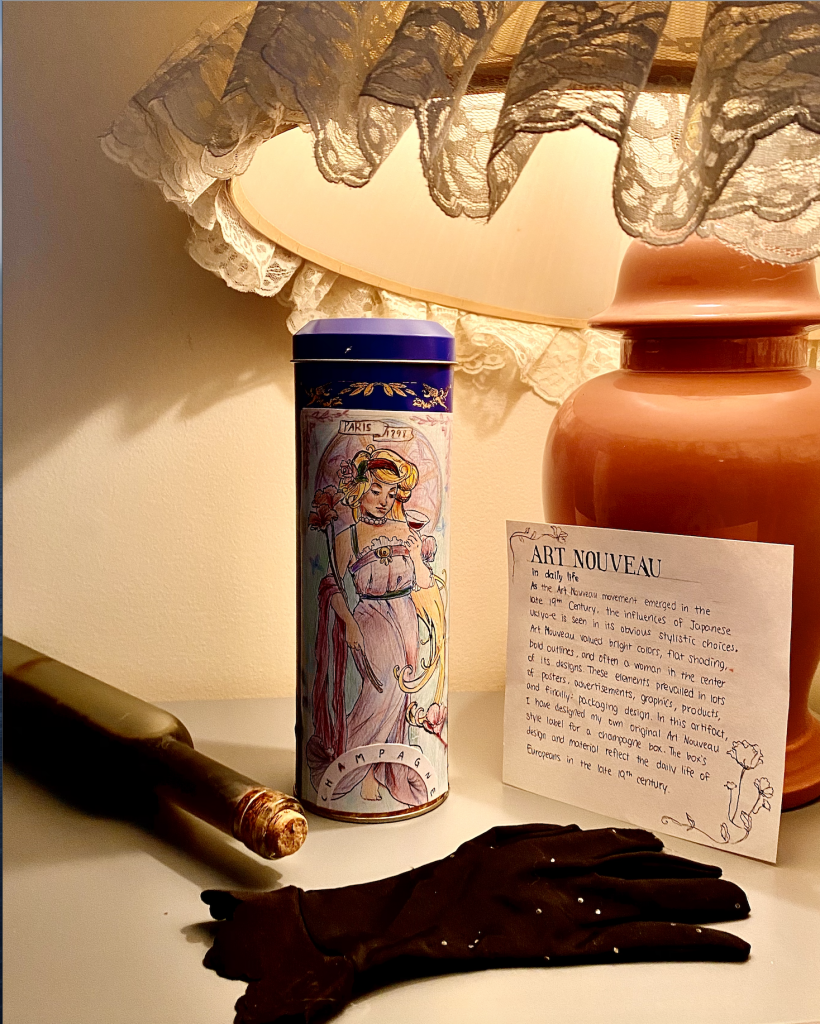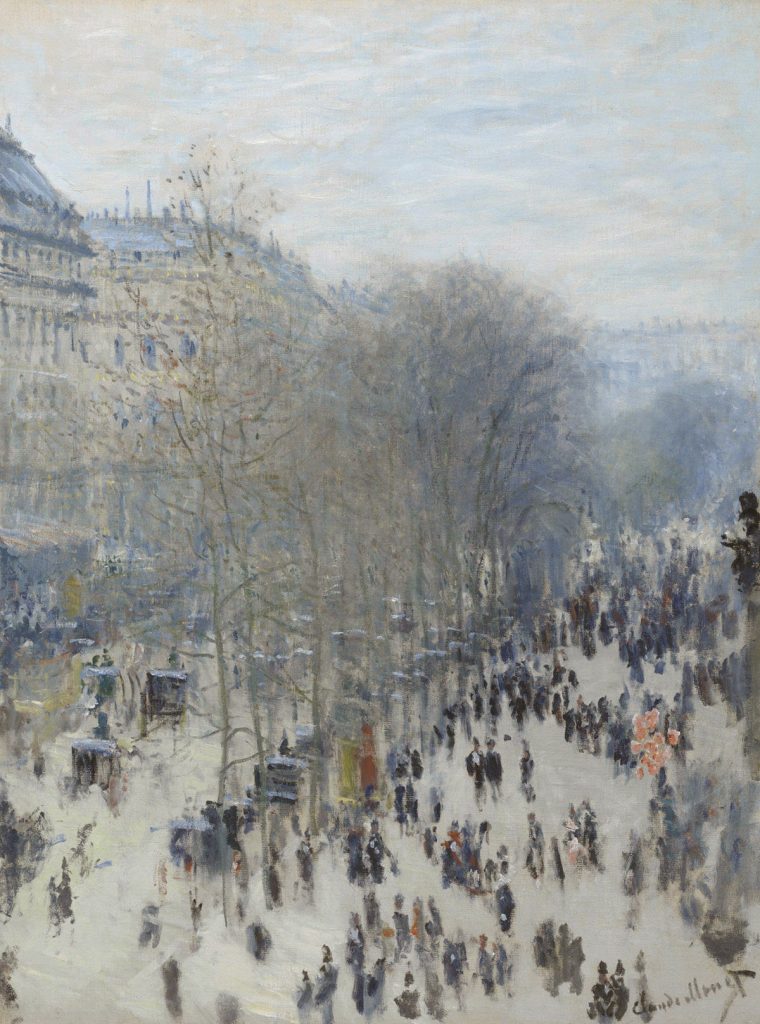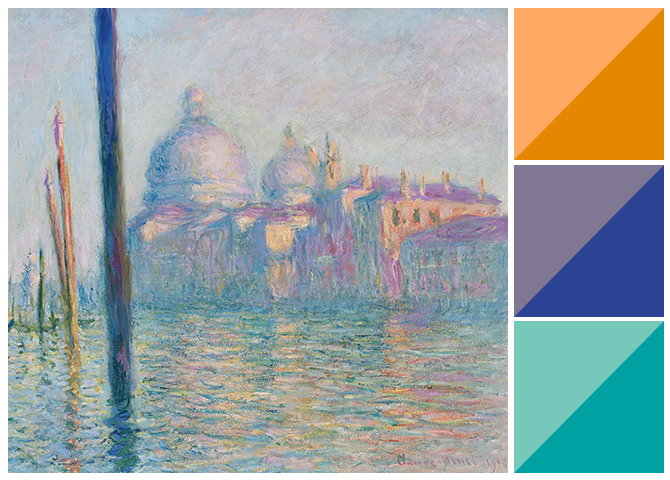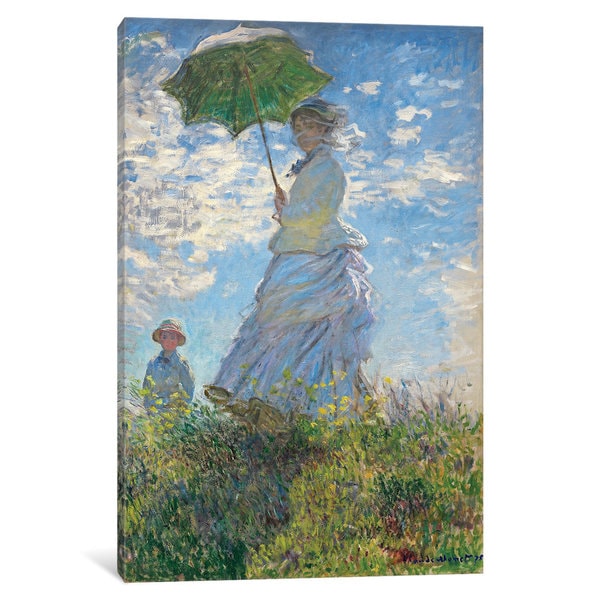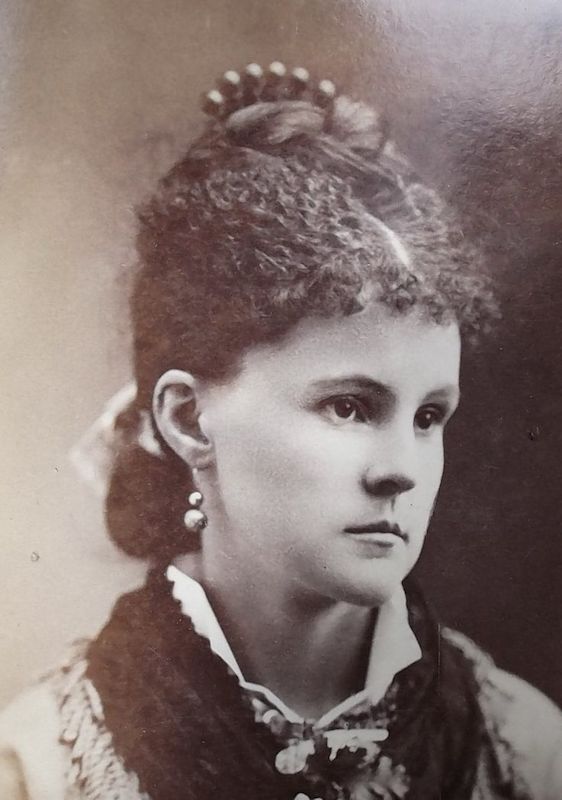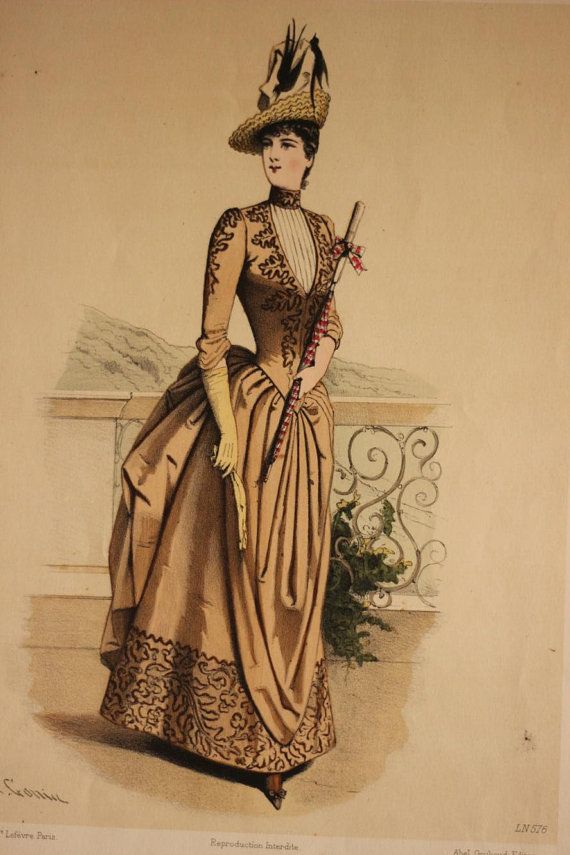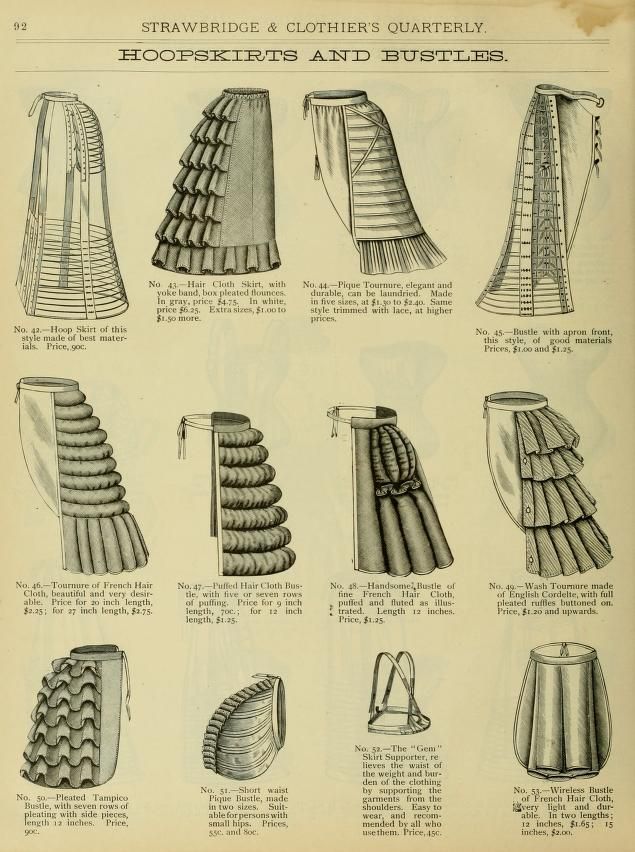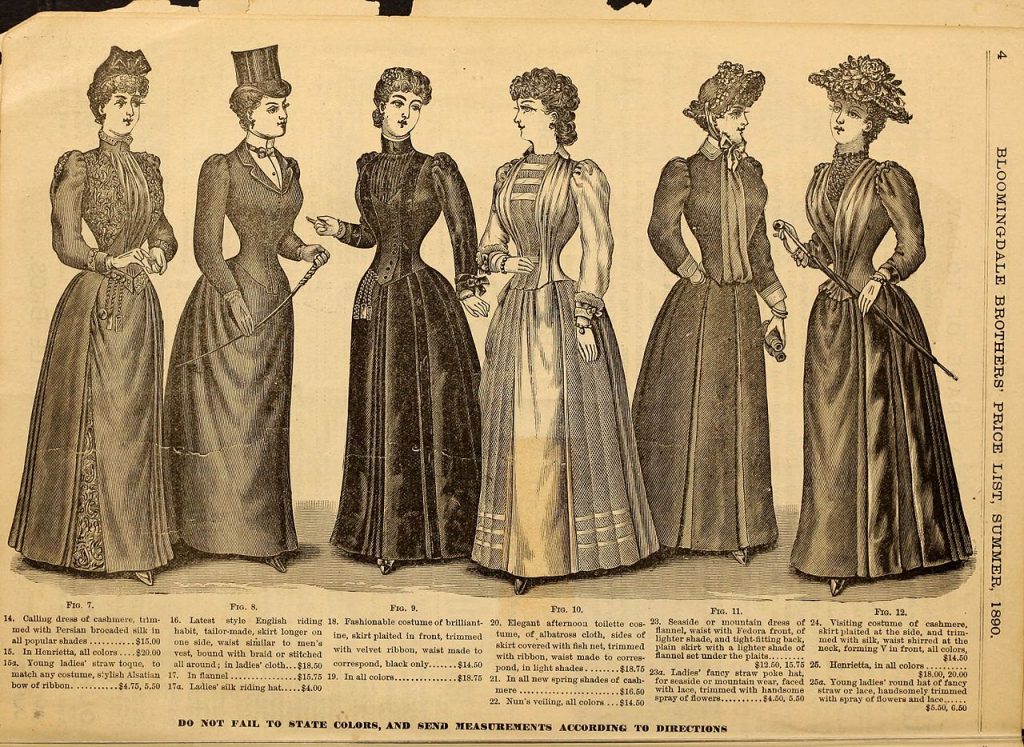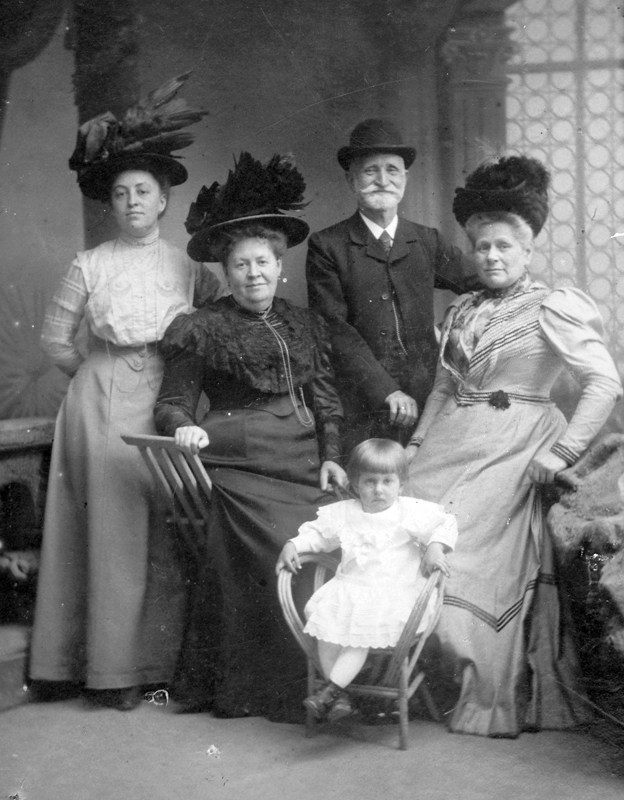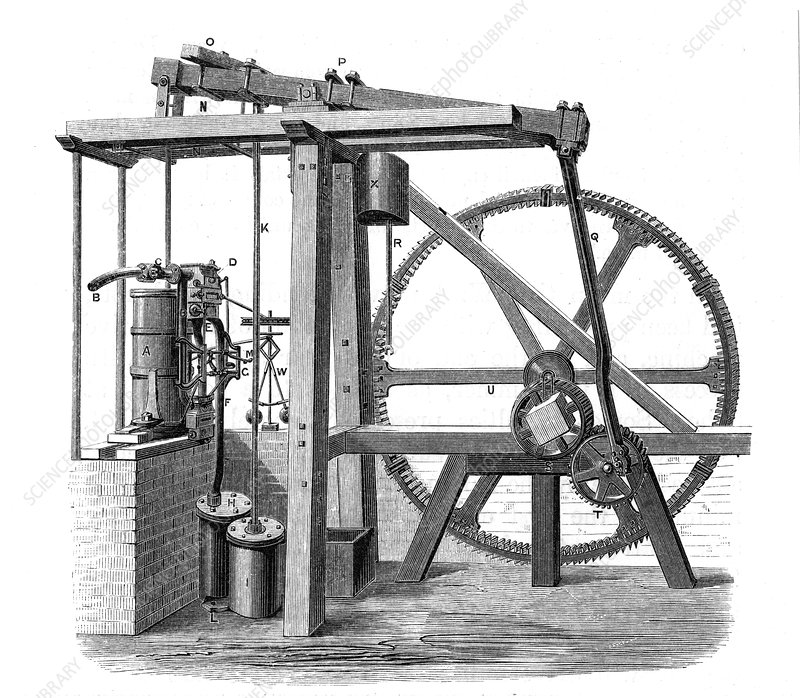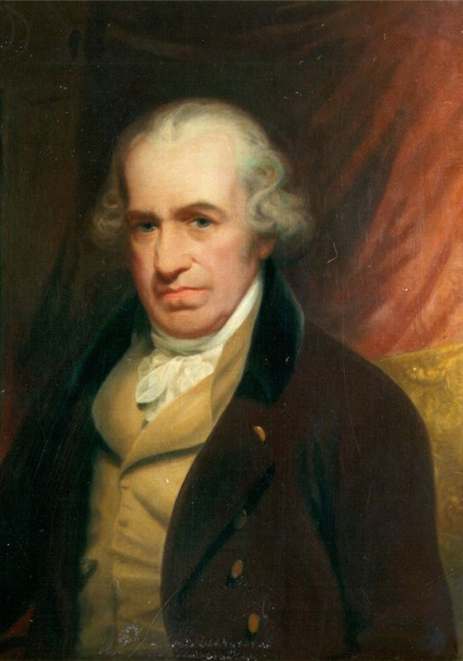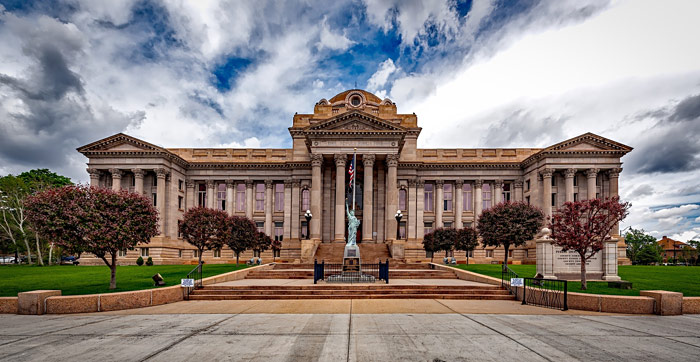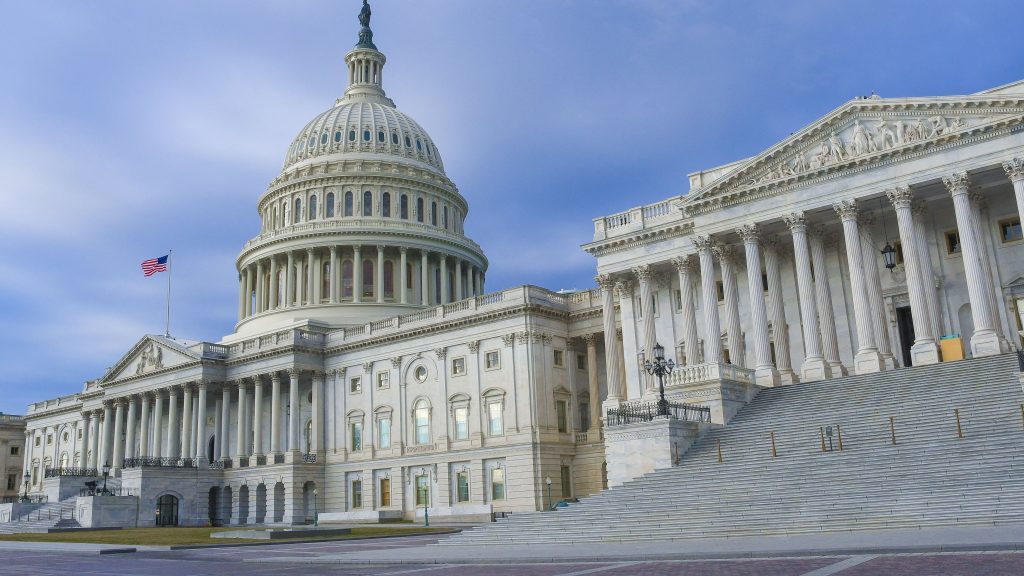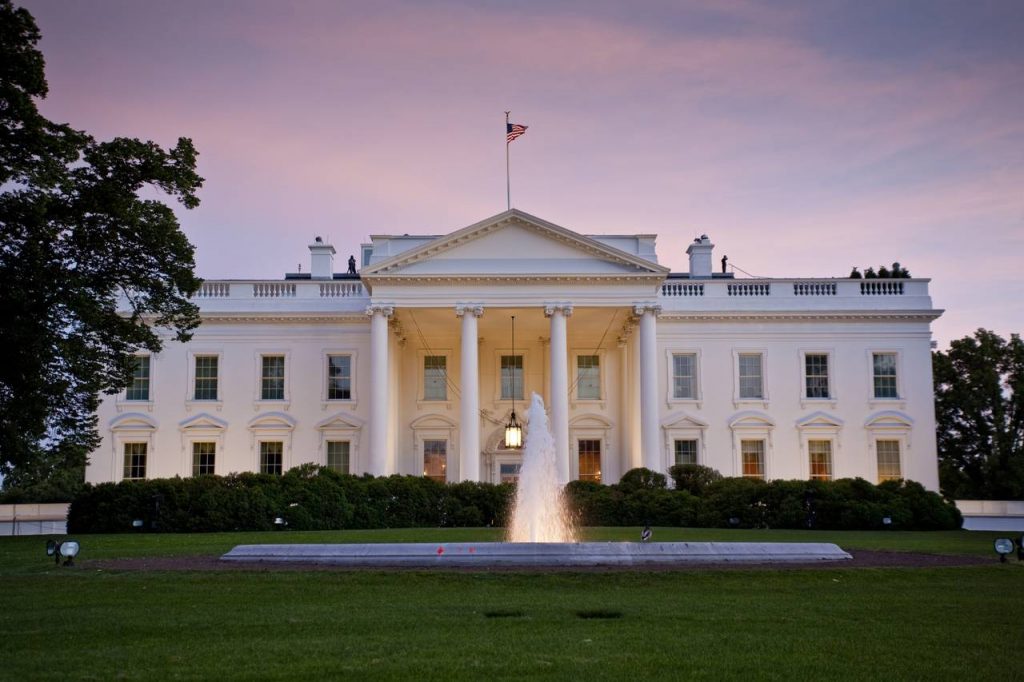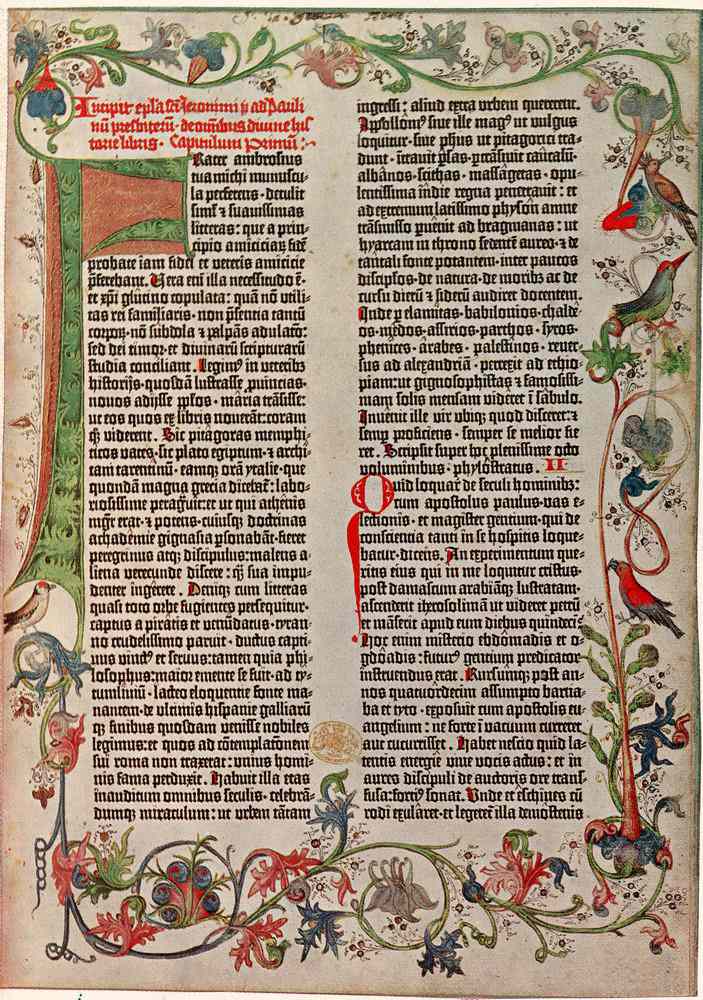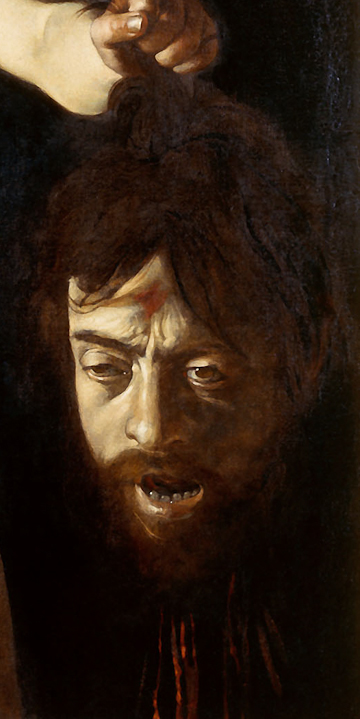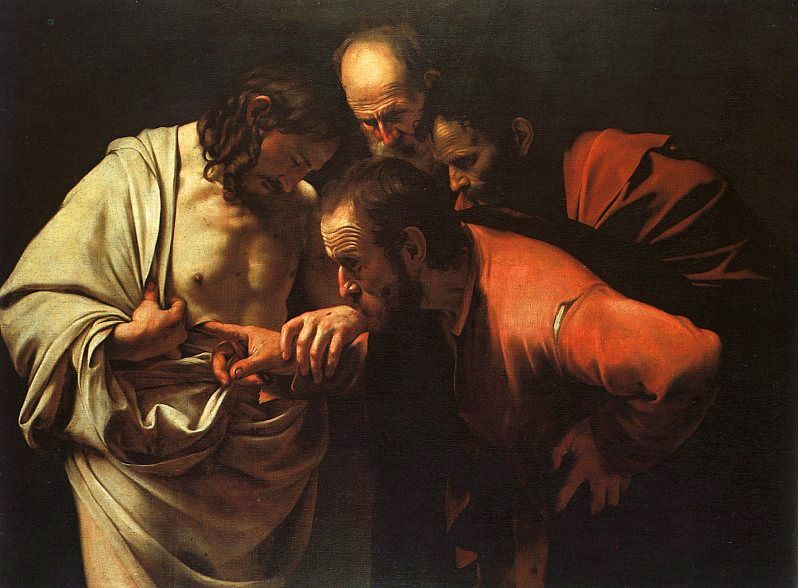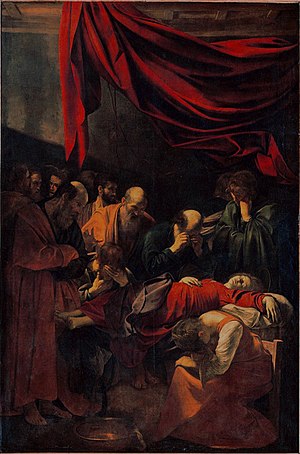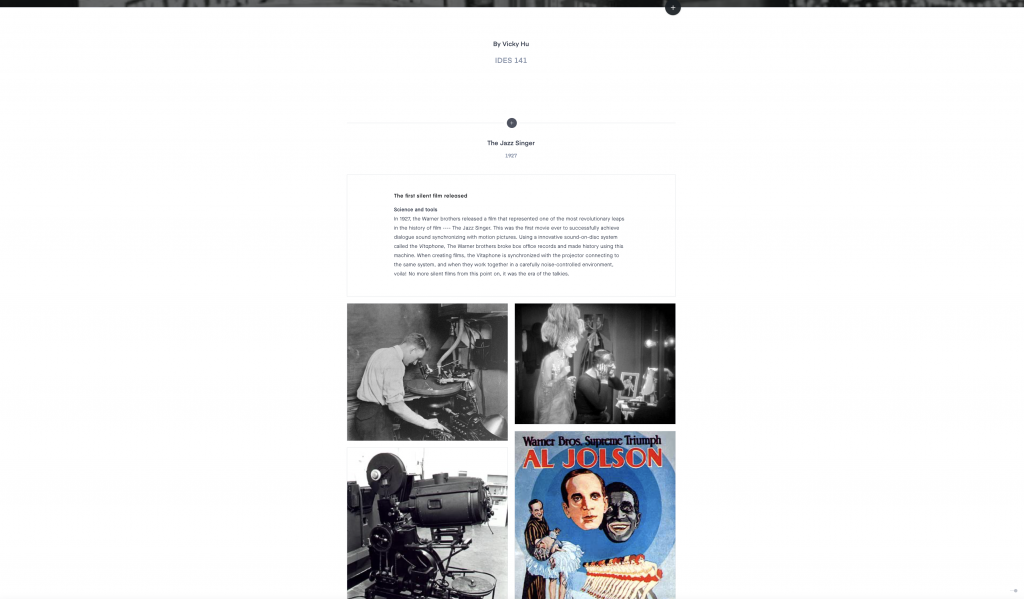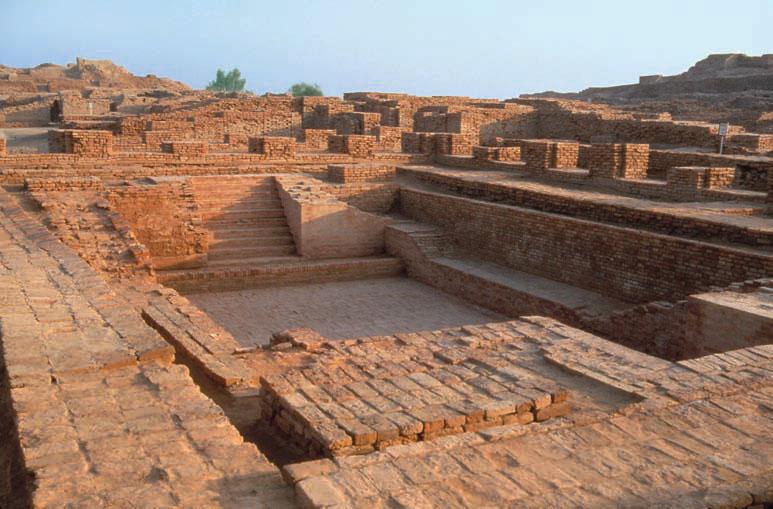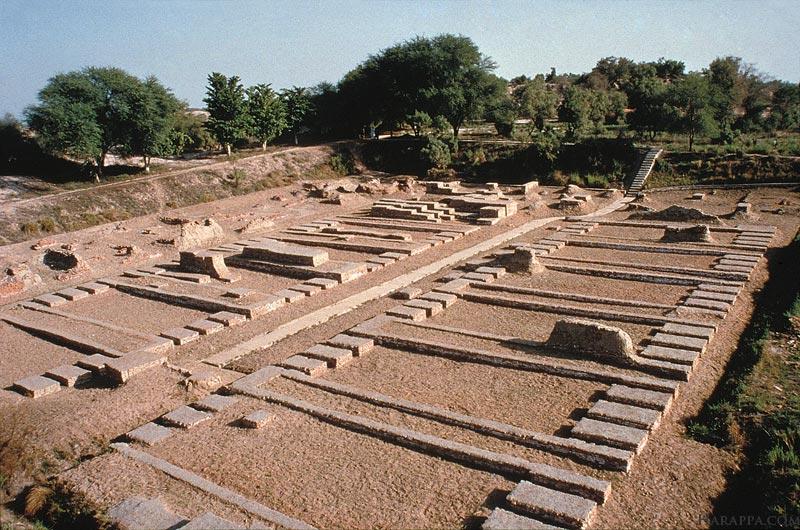Typography: Bauhaus-the universal typeface by Herbert Bayer

when it comes to this time period, the most iconic leap in typography just cannot be looked over; the Bauhaus movement forever shook the world of type.
Herbert Bayer and the Universal Typeface
Herbert Bayer (1900-1985) was an Austrian-American designer of the infamous design school, Bauhaus. In 1925, the Bauhaus typeface was created. Walter Gropius, the founder of Bauhaus, asked Herbert Bayer to design a font that represented the communication of Bauhaus. Herbert Bayer took on this task, the results? A slick, modern-looking, and simplistic font was born. He successfully created a “universal font”, which was a sans-serif font that did not include any capital letters.

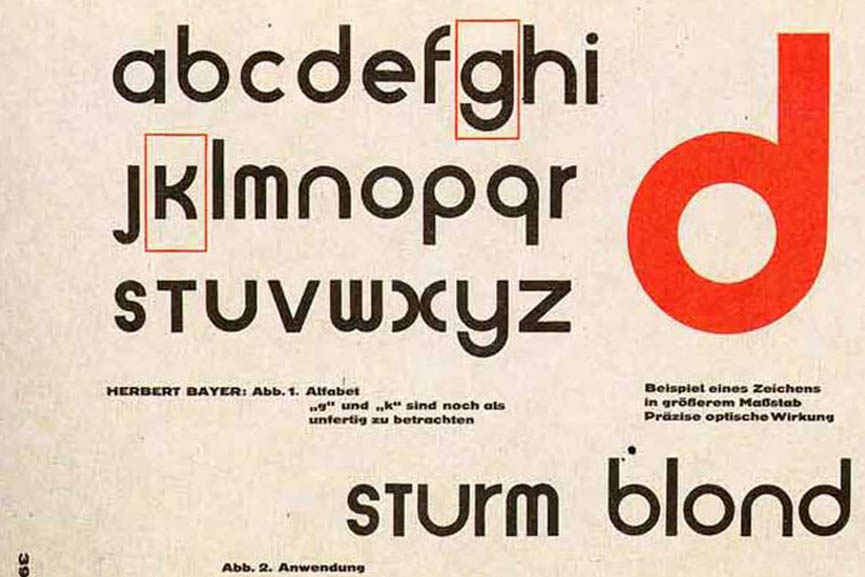

This font greatly improved legibility, and simplified the alphabet to only its most essential shapes. As you can tell, the forms of these letters revolve heavily around the shape of a circle. This is what the Bauhaus identity was all about-simplicity, effectiveness, and functionality. Herbert Bayer definitely achieved “form follows function”.
Architecture: Bauhaus
The world of architecture today is still very much influenced by the visual elements of Bauhaus’s building designs. You may not even know it, but many of the modern, clean looking buildings that we see today have evolved and took inspiration from Bauhaus.
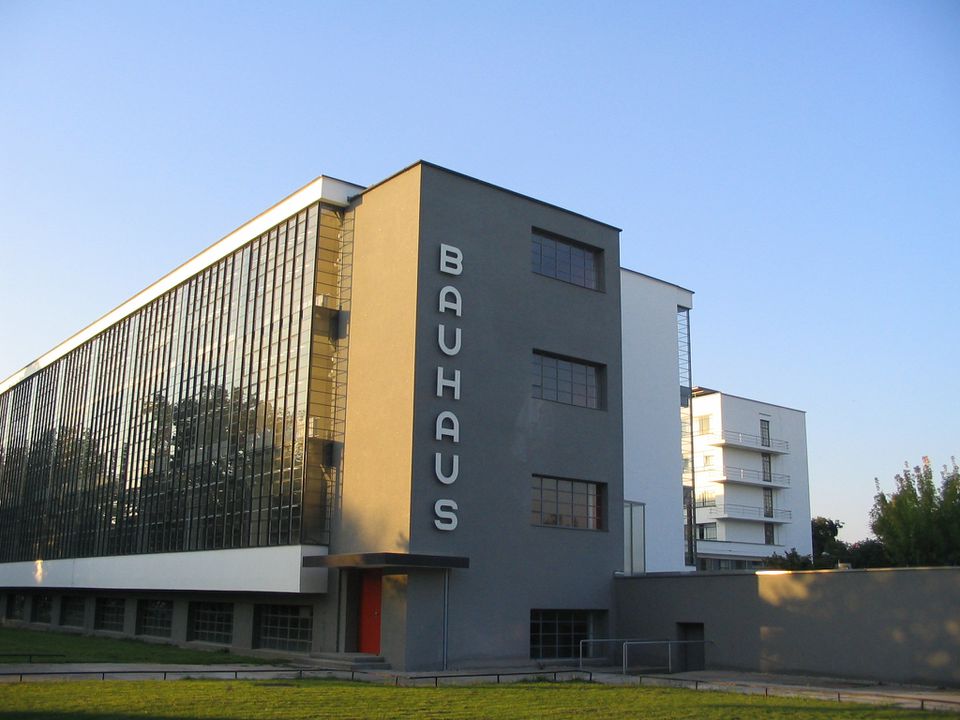
Again, everything coming out of Bauhaus follows the rule “form follows function”. There is no visual extravagance in their architectures, just what is needed and is always kept simple.
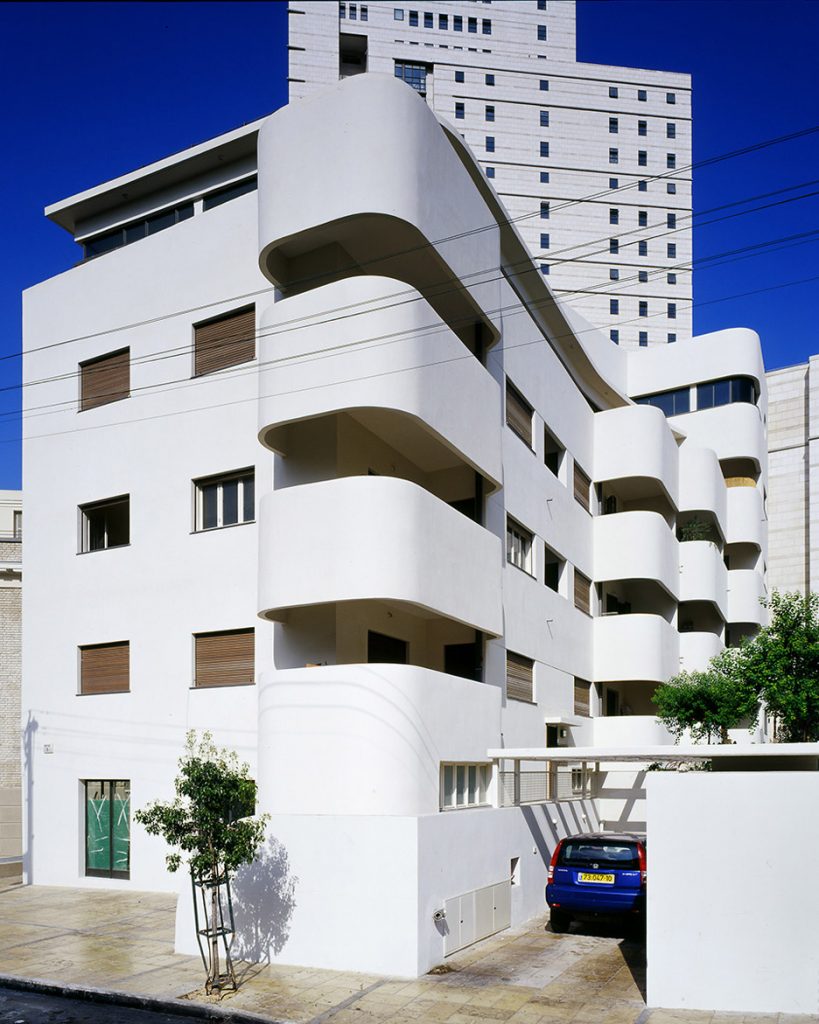
Hard to imagine, right? Can you believe this is a building from almost 100 years ago? Fascinating. The Bauhaus movement and style was definitely ahead of their time, as they saw the value in simplicity and “less is more”.
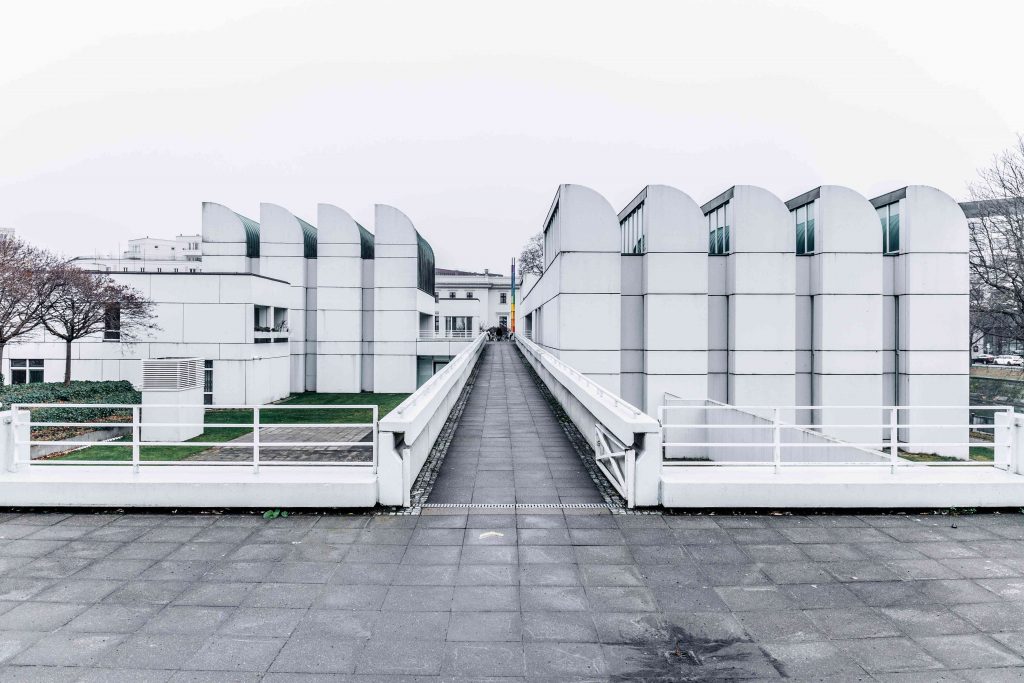
As you can probably tell by now, although not every Bauhaus-styled building looks the same, they all have very similar elements. Rational, simple forms that stick to basic geometric shapes such as triangles, squares, and circles. The colours are often muted, natural colours of the building material itself, such as metal, concrete, and glass. Makes me wonder what other design styles in our current era would thrive even until 100 years later.
Sources
http://www.designhistory.org/Avant_Garde_pages/BauhausType.html
https://www.dezeen.com/2018/11/06/herbert-bayer-bauhaus-100-typography-universal-typeface-font/
https://www.widewalls.ch/magazine/bauhaus-typography/herbert-bayer
https://www.dezeen.com/2016/08/24/10-tel-aviv-best-examples-bauhaus-residential-architecture/
https://www.thespruce.com/what-is-bauhaus-architecture-4784133
